The views expressed in our content reflect individual perspectives and do not represent the authoritative views of the Baha'i Faith.
In the ongoing BahaiTeachings.org series on Indigenous Messengers of God, the fascinating conversation continues between Lakota artist and Baha’i Kevin Locke and author Chris Buck.
Q: Kevin, the Baha’i teachings say that humanity’s religions have all “been made manifest, one following the other …”:
From the days of Adam until today, the religions of God have been made manifest, one following the other, and each one of them fulfilled its due function, revived mankind, and provided education and enlightenment. They freed the people from the darkness of the world of nature and ushered them into the brightness of the Kingdom. – Abdu’l-Baha, Selections from the Writings of Abdu’l-Baha, p. 51.
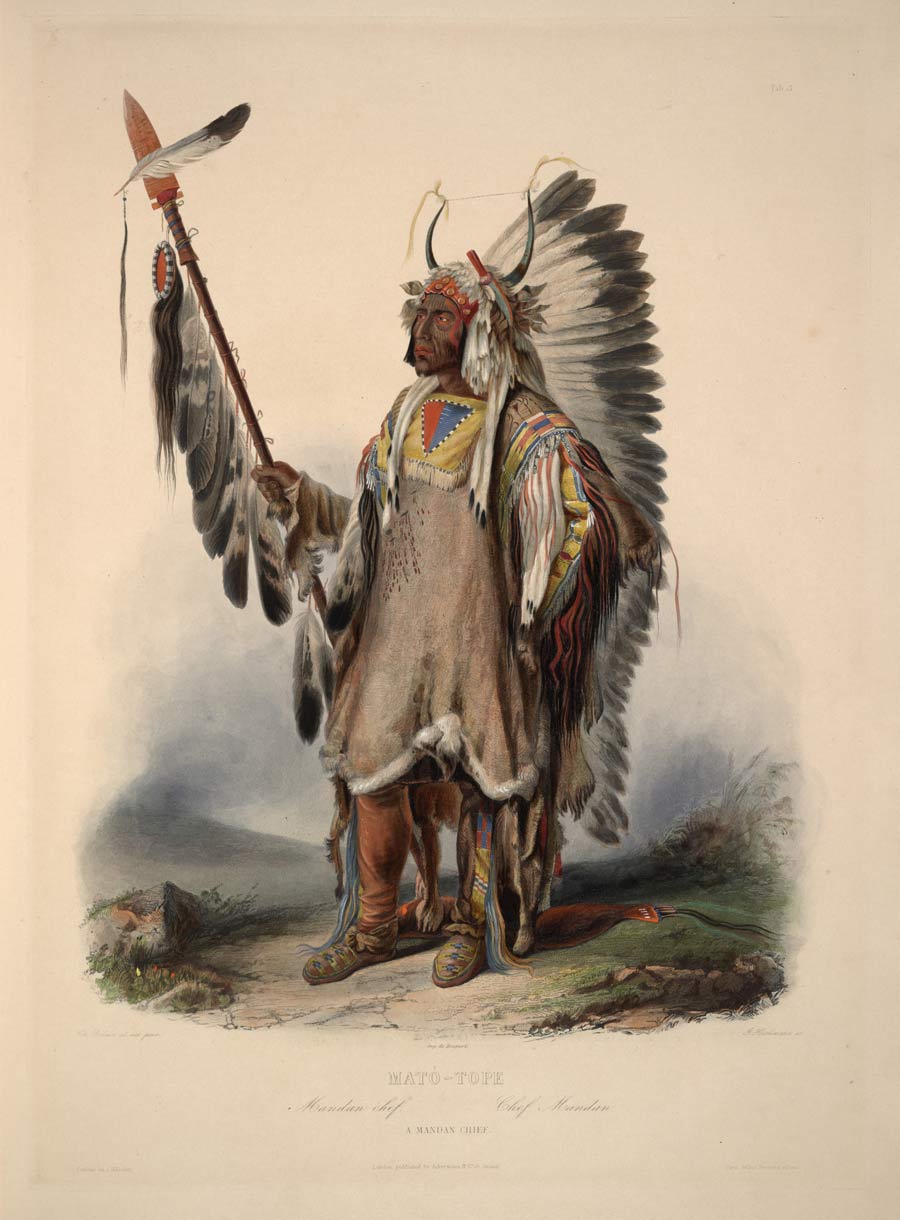
A Mandan Chief (c. 1840)
In that regard, Kevin, thanks for introducing me to Lone Man—or “First Man” or “Only Man”—a key spiritual figure in Mandan and Hidatsa sacred tradition, its own spiritual world and symbolic universe. Baha’is and others can readily recognize and respect the profound truths enshrined in these traditions. This does not mean believing the traditions literally, but rather the inner truths they represent.
There is no question about the central importance of Lone Man in the Mandan worldview. This is even represented in the architecture of Mandan villages, where earth lodges on the upper Missouri River were arranged in concentric circles around a plaza, in the center of which was placed a red-painted cedar post symbolizing Lone Man, the primary Mandan creator god and survivor of the Great Flood.
In so doing, you have further expanded my consciousness, as well as my spiritual literacy. I have done a little bit of research on Lone Man in order to acquaint myself with this significant figure in Mandan sacred history. Most of the sources that I consulted described these traditions as “myths.”
Myths are stories. The stories may not be literally true, although some literally minded people may think so. But, as in all belief systems, the truth of the story itself is not what matters. What matters is the deeper truth the story tells. Sacred myths teach sacred values. This seems like a common yet noteworthy characteristic of Indigenous traditions. Do you agree?
A: These traditions are myths in the same way that Noah’s Ark or the Resurrection are myths. From our current, de-colonized, enlightened perspective we should not be too hasty to categorize marginalized people’s sacred traditions as “myths.” Truly Lone Man is a holy being who established the identity and reality of the Mandan civilization, whom they believe had a divine mandate to do so.
Q: I’d also like to know what personal contacts you have had with Mandan individuals and culture. You have already put me in contact with Mandan historian Calvin Grinnell. What other Mandan contacts have you had? Can you tell us a little bit about Mandan culture and society as well?
A: As a child starting school at Lewis and Clark Elementary School in Great Falls, Montana, I vividly recall thrilling to the adventures of these two namesake explorers who ventured up the Missouri River from St. Louis in 1803, and how they survived their first extremely brutal winter on the upper Missouri due to the largesse and magnanimity of the Mandan who said to them, “If we survive, you survive.”
At that time, the Mandan numbered around 30,000 and controlled trade and commerce throughout the region. Their inspired horticultural genius enabled them to perfect, as nowhere else on the planet, the ability to raise an abundance of corn, beans, squash, and a host of other crops, all in a very brief growing season. Their homes and villages were spacious, thriving, immaculate and well made. Their organization and ceremonial life was rich and complex. All of this was abundantly chronicled by early European visitors. Many of these visitors also noted that all of these blessings were attributed to the divine being: Lone Man. At the center of every Mandan village, a shrine was erected to commemorate the rescue of humankind from the great mythic flood through the agency of the ark fashioned by Lone Man. The spot where the ark is said to have first made landfall is a hill along Highway 1806 near Cannon Ball, North Dakota, on the Standing Rock Reservation.
As a youth, my grandfather would often host his dear adopted brother, singer, dancer, traditionalist, and tribal historian, Ralph Little Owl, at our place. Every morning and at every meal he would offer prayers in his mother tongue, Mandan—or as they self-designate: “Nueta.” My associations with Nueta people could fill a lengthy book, but perhaps the most profound was the life-changing gift of the hoop dance by Nueta tribal member Arlo Good Bear in 1980.
Q: Mandan origin stories encode Mandan values. Mandan sacred tradition includes creation stories.
Here is one Mandan creation story, which is both a cosmogony—a creation of the physical universe—and a sociogony—a creation of the social universe—which describes key elements of the Mandan worldview and sacred values:
According to the Mandan creation myth, as told to Arthur Mandan by his mother Calf Woman, when First Creator and Lone Man decide to make the world from mud brought by a bird to the surface of the water, Lone Man chooses to create the east whereas First Creator chooses create the west, leaving a space between, in the water, which becomes the Missouri River. … First Creator makes the west side: broad valleys, hills, coulees with timber, mountain streams, and springs with 26 buffalo, elk, mule deer and white tails, mountain sheep and all other creatures useful to mankind for food and clothing. … Lone Man makes the east side: mostly level country, lakes and small streams with rivers far apart and his animals were beaver, otter, muskrat, moose and other animals with cattle of many colors with long horns and long tails. First Creator and lone Man meet and compare their creations: They first inspect what Lone Man has created. …
First Creator disapproves: “The land is too level and affords no protection to man. Look at the land I have created: it contains all kinds of game. It has buttes and mountains by which man can mark his direction. Your land is so level that a man will easily lose its way for there are no high hills as signs to direct him. … The lakes you have made have most of them no outlet and hence become impure. Look at the cattle you have created with long horns and tail, of all colors, with hair so short and smooth that they cannot stand the cold! … Lone Man realizes his dilemma: “The things I have created I thought were the very things most useful to man. I cannot very well change them now that they are once created. So let us make man use first the things that you have made until the supply is exhausted and then the generations to come shall utilize those things which I have created.” – María Nieves Zedeño, Kacy Hollenback, and Calvin Grinnell, “From Path to Myth: Journeys and the Naturalization of Territorial Identity along the Missouri River,” Landscapes of Movement: Trails, Paths, and Roads in Anthropological Perspective. Presented at the Lewis and Clark Symposium, Many Voices. Bismarck, North Dakota, 2004, p. 24.
From the sources that I have read so far, it seems that “First Creator” created the physical universe, whereas Lone Man (or First Man) created the spiritual universe—Mandan society and the sacred values that make it strong and enduring. Do you see any similarities between this Mandan creation story and Lakota sacred traditions?
A: Due to the holocaust brought on by the Euro-American colonizers, the Nueta were reduced from a thriving population of tens of thousands to scarcely 50 souls in the 19th century. The last Nueta speaker, Edwin Benson, passed away last year. I bring this up only to emphasize the fact that this civilization was nearly exterminated and that much of its rich history may be difficult to penetrate now.
Lone Man was such an overshadowing, dominating figure in Nueta civilization—very analogous to the stature White Buffalo Calf Woman has to the Lakota. Both figures brought divine teachings to transform and ennoble, and established binding covenants to guide their followers on the straight path. Both of these stellar beings shaped the heritage of this land, and should be venerated and respected in the context of an emerging global civilization that draws from humankind’s collective birthright.
Truly, as the Baha’i teachings so emphatically say, God has trained and provided for all, including all the inhabitants of this continent:
If God did not love all, He would not have created, trained and provided for all. Loving-kindness is the divine policy. Shall we consider human policy and attitude superior to the wisdom and policy of God? This would be inconceivable, impossible. Therefore, we must emulate and follow the divine policy, dealing with each other in the utmost love and tenderness. – Abdul-Baha, The Promulgation of Universal Peace, p. 120.


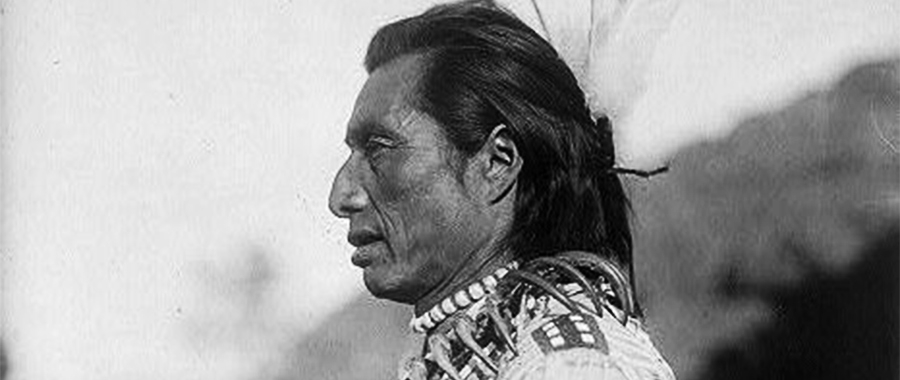
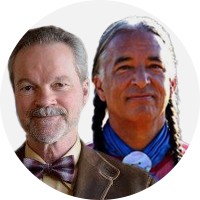


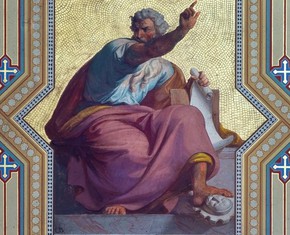

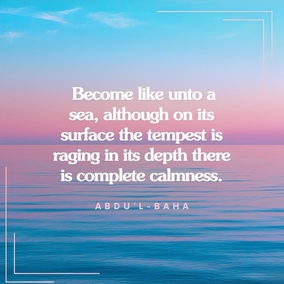

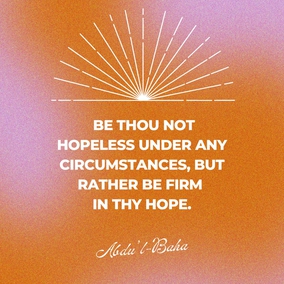
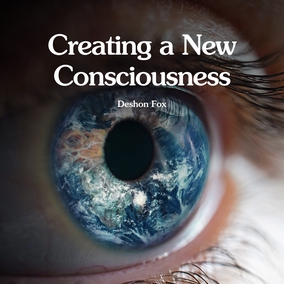




Comments
Sign in or create an account
Continue with Googleor